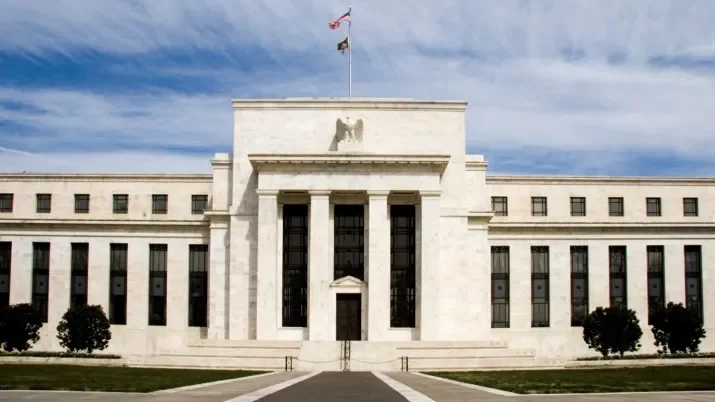Is It Time To Buy The Dip?
We have had a lot of discussion, both internally and externally, over the last few days around when might be the time to begin adding more risk to portfolios again. Credit spreads have been under pressure from a variety of sources and some have moved quite materially, creating an opportunity to buy some of the dip, while being mindful of the drivers of that spread widening.
As we see it there are three major hurdles that the markets need to overcome in the second half of the year. Markets will probably not wait for all three to be resolved, but we think it is prudent to wait for at least two of them to clear before embracing today’s opportunities.
1. Turkey. It may only be the world’s 17th largest economy by GDP, but it’s still $900bn and it has the ability to roil markets and create more contagion than investors might have expected. The current problems Turkey faces are very much its own doing, and could probably still be solved quite quickly by restoring the credibility of the central bank and improving bilateral relations with the United States. As a start, the weekly repo rate needs to move to at least 25% as soon as possible, though the central bank is weak and overshadowed by President Erdogan, who sees high rates as the “mother and father of all evil”. So potentially an easy fix, but a high political barrier is in the way.
2. Italy. The country’s populist government is pushing for change, but in doing so it runs the risk of a major confrontation with the EU on budget deficit rules, which once again raises the question of Italy’s membership and what would happen to their €2 trillion debt stack if they left. It is highly likely that Italy will push for a higher deficit to enable them to invest more in the economy and into large infrastructure projects, as well radically reforming their tax system. A bigger deficit seems reasonable, after all this is exactly what Spain has done, and to a lesser extent the French too. However, their style is a populist one and that means confrontation is required to win the bigger deficit prize. We will find out in September just how they plan to negotiate and what ripples this will cause.
3. Trade. Finally we have the US and its trade discussions with China. Things have been quieter for the last week while Turkey has taken centre stage, but next week the headlines will be that another $16bn of goods from China will have a 25% tariff taking effect on August 23. It’s still only small beer, but another $200 billion is being considered, and somehow it feels like both sides will eventually threaten tariffs on all goods travelling both ways before they finally sit around a table and discuss lifting them. This could be some weeks or months away. US equity markets are pricing in this eventual outcome, but US Treasury markets reflect more uncertainty.
One thing that all these three hurdles have in common is that they are politically motivated, and therefore difficult to predict and even harder to time. Should they be overcome, however, there is potential for a risk rally into year-end.
For emerging markets the sell-off has been quite severe and a positive outcome in Turkey could be catalyst for investors to re-evaluate their risk positions, though again, this hurdle is high. The Turkish issue along with the Italian issue have also had a major impact on bank stock prices and credit spreads, both of which look cheap given the quality of Q2 earnings. Both of these should feed into a broader credit spread rally if the hurdles are cleared. In particular European credit spreads and to a lesser extent sterling credit spreads stand to benefit – sterling spreads still have the sword of a hard Brexit hanging over them.
On the flip side of the risk equation, these three issues have all contributed to holding down longer dated government bond yields, and rightly so. This has led to a great deal of focus on the flattening US yield curve, which in itself has become a source of worry.
If the political hurdles are removed – that is, resolved to the satisfaction of the market – we should see a jump higher in longer government bond yields and we could easily see US 10-year Treasury yields in the 3.25%-3.50% range by year-end.
So back to the question about the timing. It’s easy to make a case for buying the dip early, especially for those investors with equity type upside, but from a fixed income investor’s perspective, we would want to see major progress on these three issues and the downside risk mitigated in at least two of them before adding more risk.



